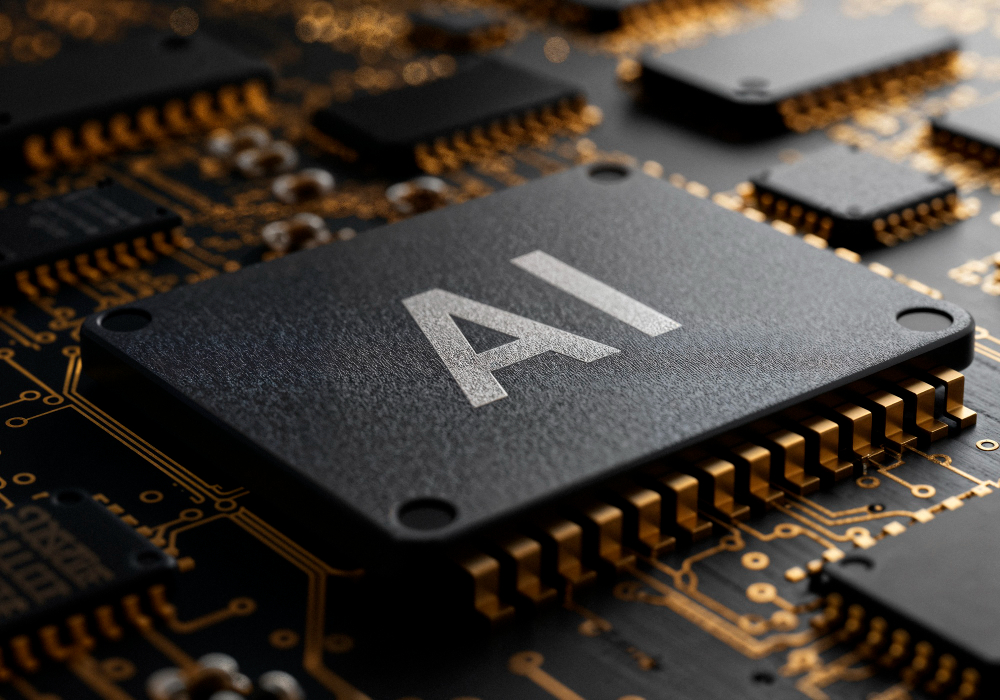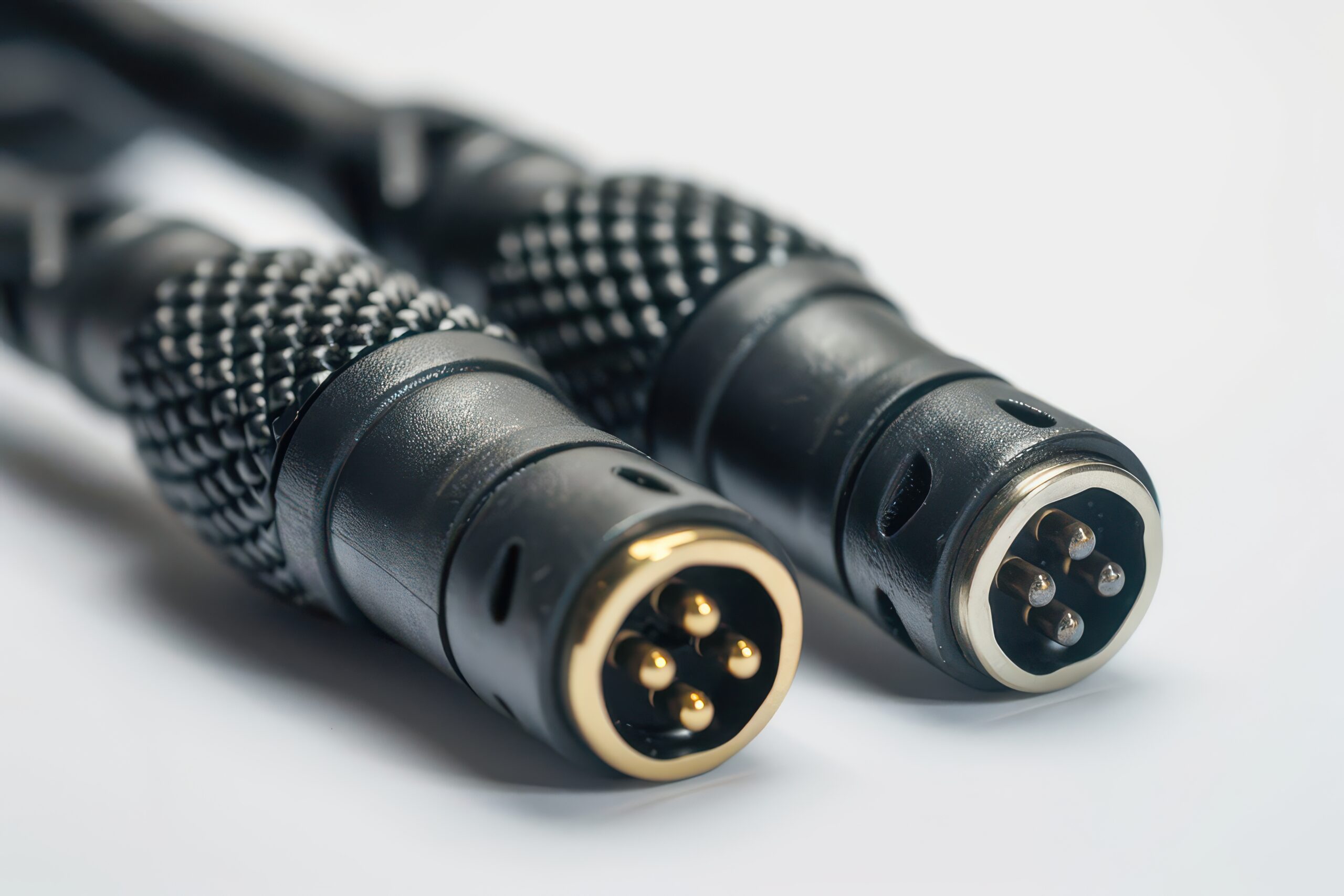1. What is an Embedded Box PC? The Core Equipment of Automated Production Lines
1.1 Basic Definition and Evolution of Embedded Box PCs
Explains what an embedded box PC is and how it differs from traditional desktop computers and servers.
Brief overview of its design philosophy (industrial-grade, robust, built for long-term operation).
A short history: from basic industrial control to today’s support for AIoT, edge computing, and smart factory integration.
1.2 Main Differences Between Industrial Computers and Consumer PCs
| Comparison Item | Embedded Box PC (Industrial PC) | General PC (Commercial/Home Use) |
|---|---|---|
| Applicable Environment | High/low temperature, vibration, dust | Indoor, office environment |
| Stability | 7×24 continuous operation | Usually only a few hours per day |
| Espandibilità | Multiple I/O, customizable | Standard USB, HDMI mainly |
| Design Life | Long-term supply (5-10+ years) | Updated every 1-3 years |
| Protection Level | Dustproof, waterproof, shockproof | No industrial protection |
| Maintenance Ease | Modular, easy maintenance | Mostly whole-unit replacement |
| OS/Software Support | Windows, Linux, RTOS | Mainly Windows |
1.3 Evolving Production Line Needs for Box PCs
Describes how automation lines are evolving towards smart and digital manufacturing, with increasing demands on embedded box PCs—from basic data collection to real-time monitoring, edge computing, and AI analytics.
Highlights needs such as “continuous operation”, “multi-device collaboration”, “real-time feedback”, and “flexible expansion”.
A table or flow for clarity:
| Previous Needs | Current/Future Needs |
|---|---|
| Basic I/O connection | Multiple protocols/standards |
| Basic data collection | AI-based judgment/analysis |
| Single-machine control | Real-time system integration |
| Wired connectivity | Wireless/remote management |
| Traditional HMI | Cloud & Big Data linkage |
2. Application Scenarios of Embedded Box PCs in Automated Production Lines
2.1 Production Line Monitoring & Data Collection
Explains the core role of embedded box PCs in real-time monitoring and data collection in production lines.
Capable of receiving sensor signals, recording operational data, and transmitting it to central management systems.
Supports various protocols and interfaces, helping achieve automated management, quality traceability, and real-time alerts.
| Function | Description | Benefici |
|---|---|---|
| Sensor Connectivity | Supports multiple I/Os for connecting temperature, pressure, position sensors | Real-time data monitoring |
| Data Collection | Continuously records operation, faults, quality data | Supports traceability, optimization |
| Real-time Alerts | Auto-notification on abnormalities | Reduces production losses |
| Big Data Upload | Syncs data to cloud/local database | Supports smart factory needs |
2.2 Equipment Connectivity and I/O Integration
Embedded box PCs offer abundant I/O interfaces to connect with PLCs, robotic arms, barcode scanners, etc.
Supports RS232/485, Ethernet, USB, GPIO—ideal for integrating different brands and generations of automation machinery.
Improves production line flexibility and reduces integration complexity and human error.
| Interfaccia I/O | Device/Application | Production Scenario |
|---|---|---|
| RS232/485 | PLC, industrial instruments | Signal transmission, synchronization |
| USB | Barcode reader, storage | Data backup, input devices |
| Ethernet | Network camera, data exchange | Real-time video, data transfer |
| GPIO | Signal in/out | Auto on/off, status display |
2.3 Real Smart Factory Case Studies
Shares real-world smart factory cases—e.g., an electronics assembly plant using box PCs for data collection and anomaly alerting, improving yield and reducing manpower monitoring.
Shows how box PCs assist with production data visualization, automated work order management, and process quality control.
Simple flow or bullet points for clarity:
Sensors detect device operation data →
Box PC collects and judges data in real time →
Auto-alert on anomalies →
Data synced to cloud, management reviews instantly →
Quick response from line maintenance/quality control
3. Key Advantages of Embedded Box PCs
3.1 High Stability and Industrial-Grade Design
Embedded box PCs use industrial-grade components to ensure stable operation in harsh environments.
Support 24/7 operation, reducing downtime from device failures.
Certified for international industrial standards (CE, FCC, UL, etc.) for higher reliability.
| Caratteristica del design | Value & Advantage |
|---|---|
| Wide Temperature | Operates at -20℃ to +60℃ or more |
| Dust/Shock Resistant | Withstands dust, vibration, easy to maintain |
| Long-life Components | Guaranteed multi-year operation, less frequent replacement |
| Full Certification | Meets global safety and quality standards |
3.2 Fanless Design & Energy Efficiency
Fanless design reduces noise, risk of dust accumulation, and mechanical failure.
Lower energy consumption, ideal for energy-sensitive production or cleanrooms.
Saves maintenance time and costs, increases overall line efficiency.
| Comparison Item | Traditional Fan PC | Box PC senza ventola |
|---|---|---|
| Failure Rate | Higher | Lower |
| Maintenance Frequency | Regular cleaning/fan replacement | Almost maintenance-free |
| Environmental Adaptability | Dust can enter | Superior dust-proof |
| Power Consumption | Higher | Energy saving, low heat |
3.3 Durability for Harsh Environments
Specifically designed for harsh industrial environments—resistant to high/low temperatures, high humidity, oil, and heavy pollution.
All-metal chassis, waterproof/oil-proof design—suitable for food, heavy industry, chemical plants, etc.
IP-rated (e.g., IP65) to prevent liquid/dust intrusion and ensure long-term stable operation.
| Application Environment | Requirement & Solution |
|---|---|
| High/Low Temp Line | Temperature-resistant PCB/components |
| High Humidity/Oily | Sealed, waterproof, oil-resistant case |
| Strong Vibration | Anti-vibration structure for stability |
| Dusty/Heavy Pollution | Fully sealed housing, enhanced cooling |
4. How to Choose the Right Embedded Box PC for Automated Production Lines
4.1 Key Specifications & Selection Guidelines
Covers key specs to consider: CPU performance, memory, storage, size, mounting options.
Choose specs suitable for your production use to avoid under/over-spec issues and cost waste.
Emphasizes the importance of long-term supply and reputable industrial PC brands.
| Selection Focus | Recommended Spec | Description |
|---|---|---|
| CPU | Intel/AMD/X86/ARM | Choose per workload (data/image) |
| Memoria | 4GB~32GB | Large memory for big data/multi-task |
| Immagazzinamento | SSD/M.2/CFast | High-speed, shock-resistant |
| Dimensione | Mini/Compact/Standard | Match production line space |
| Montaggio | Wall/DIN-rail/Desktop | Easy site integration |
| Certificazione | CE/FCC/UL/IP65 etc. | Meet safety & environment needs |
4.2 Multi-I/O & Communication Expansion
According to production needs, select box PCs with multiple I/O (COM, USB, LAN, CAN bus).
For wireless/cloud management, choose models supporting Wi-Fi, 4G/5G, Bluetooth expansion.
Stress the importance of flexible expansion for future upgrades or machine modifications.
| Interface/Module | Main Use | Necessary? |
|---|---|---|
| COM/RS232/485 | PLC, sensors, motors | Essential |
| USB | Barcode, HMI, external | Essential |
| LAN | Network, data exchange | Essential |
| Wi-Fi/4G/5G | Wireless, remote management | Optional |
| GPIO | Signal I/O, device control | Depending on use |
| HDMI/VGA | Display/monitor connection | Optional |
4.3 Software/Hardware Compatibility & Maintenance
Ensure box PCs support your required OS (Windows, Linux, RTOS) and integrate with SCADA, MES, ERP.
Focus on supplier technical support, warranty, and long-term supply.
Assess convenience of remote maintenance and firmware upgrade to reduce O&M costs and downtime.
| Evaluation Item | Suggested Practice |
|---|---|
| OS Compatibility | Ensure support for major automation OS |
| Software Integration | Test with SCADA, MES, ERP |
| Technical Support | Choose brands with local service team |
| Garanzia | At least 1 year official warranty |
| Manutenzione | Support remote monitoring, OTA update |
5. Embedded Box PC in Automated Production Line – FAQ
5.1 What’s the Difference Between Box PCs and Traditional Industrial PCs?
Embedded Box PCs: Compact, flexible installation, rich and customizable I/O, suitable for embedded or tight spaces.
Traditional Industrial PCs: Larger, with more expansion slots, for heavy data processing or multiple expansion cards.
Box PCs are often fanless and more resistant to dust, oil, temperature changes—ideal for harsh environments.
Both are industrial-grade, but application and flexibility differ.
5.2 How to Maintain and Upgrade Embedded Box PCs?
Most box PCs are modular for easy replacement (memory, storage, etc.).
Support remote monitoring and OTA (Over-The-Air) firmware upgrades for efficient maintenance and diagnostics.
Some brands offer long-term support and upgrades for system/software security.
| Maintenance Item | Traditional Method | Modern Box PC Approach |
|---|---|---|
| Memory/Storage | Disassemble case, complex | Modular, quick swap |
| Software Update | Manual onsite upgrade | Remote or OTA online update |
| Fault Diagnosis | Onsite technician needed | Supports remote monitoring |
5.3 Common Pitfalls When Buying Industrial Box PCs?
Overlooking I/O needs, leading to integration issues with machines.
Choosing brands without long-term supply or certification, making repairs/replacement difficult later.
Ignoring maintenance convenience or after-sales service, risking downtime.
Over- or under-specification, causing waste or bottlenecks.
Failing to check OS/software compatibility with existing automation systems.
6. About Beyond Info System — Industrial Embedded Box PC Specialist
6.1 Company Profile & Professional Services
Beyond Info System focuses on industrial embedded box PCs, industrial computers, displays, and smart production line solutions.
With years of experience in automation and industrial system integration, serving industries like electronics, semiconductors, automotive, food, medical, and more.
Provides professional hardware planning, software/hardware integration, custom system design, and comprehensive technical support.
6.2 Product Advantages & Success Stories
Product Advantages:
All models use industrial-grade components, fanless design, IP-rated for harsh environments.
Rich I/O interfaces, flexible expansion, and customizable modules.
Certified for international industrial standards, stable long-term supply, fit for any automation line.
Success Cases:
Electronics Assembly Plant: Used Beyond Info System Box PC for real-time data collection and alerts, improving yield by over 10%.
Food Manufacturing: Deployed fanless industrial PCs in high humidity, far outperforming commercial PCs, reducing repair rates.
Smart Logistics Center: High-performance box PCs for sorting/monitoring, boosting overall automation efficiency.
| Product Feature | User Benefit |
|---|---|
| Industrial Design | Stable, secure, durable |
| Multi I/O | Flexible, easy integration |
| Senza ventola | Maintenance-free, dust/shock proof |
| Long-term Supply | Investment protection, less downtime |
| Personalizzazione | Meets specific needs |
6.3 Featured Product Recommendations
We have selected the following Embedded Box PC models from Beyond Info System, ideal for automation production line applications. These models offer high performance, industrial-grade reliability, and flexible expansion capabilities to suit various production line needs.
| Recommended Model | Caratteristiche principali | Suitable Applications |
|---|---|---|
| UMSM05X58 (12‑gen Intel) | Equipped with the latest 12th Gen Intel Core processors, offering powerful computing performance and industrial-grade stability | Smart manufacturing lines requiring high-volume data processing and real-time analytics |
| UMSM301‑G / UMSM301‑AJ6412 | Compact yet rugged design, rich I/O, and fanless cooling for reliable long-term operation | Space-limited control cabinets or DIN-rail embedded installations |
| UMSM04‑NUC / UMSM04X56 / | Highly integrated and expandable modules, supporting multiple communication and storage interfaces to flexibly meet diverse machine integration needs | Production lines that require integration with multi-brand PLCs and sensors |
Why choose these models?
High-Performance Computing: 12th Gen Intel or higher CPUs for fast automation and image data processing.
Affidabilità di livello industriale: Fanless, wide-temperature, anti-vibration design for tough environments.
Espansione flessibile: Multiple I/O (COM, USB, LAN, GPIO), M.2, mini-PCIe for Wi-Fi, LTE, or AI cards.
Versatile Sizes: Models range from compact embedded types to mid-size, fitting wall, DIN-rail, or cabinet installs.
If you have specific production line or integration needs, feel free to contact us for personalized product recommendations and custom technical services:
Contatto / Free Consultation: Fill in the website form or call us directly. Our engineers provide one-on-one consultation.
Product Inquiry / Demo Unit Request: We offer specification assessments, demo unit trials, quick quotes, and technical support.



